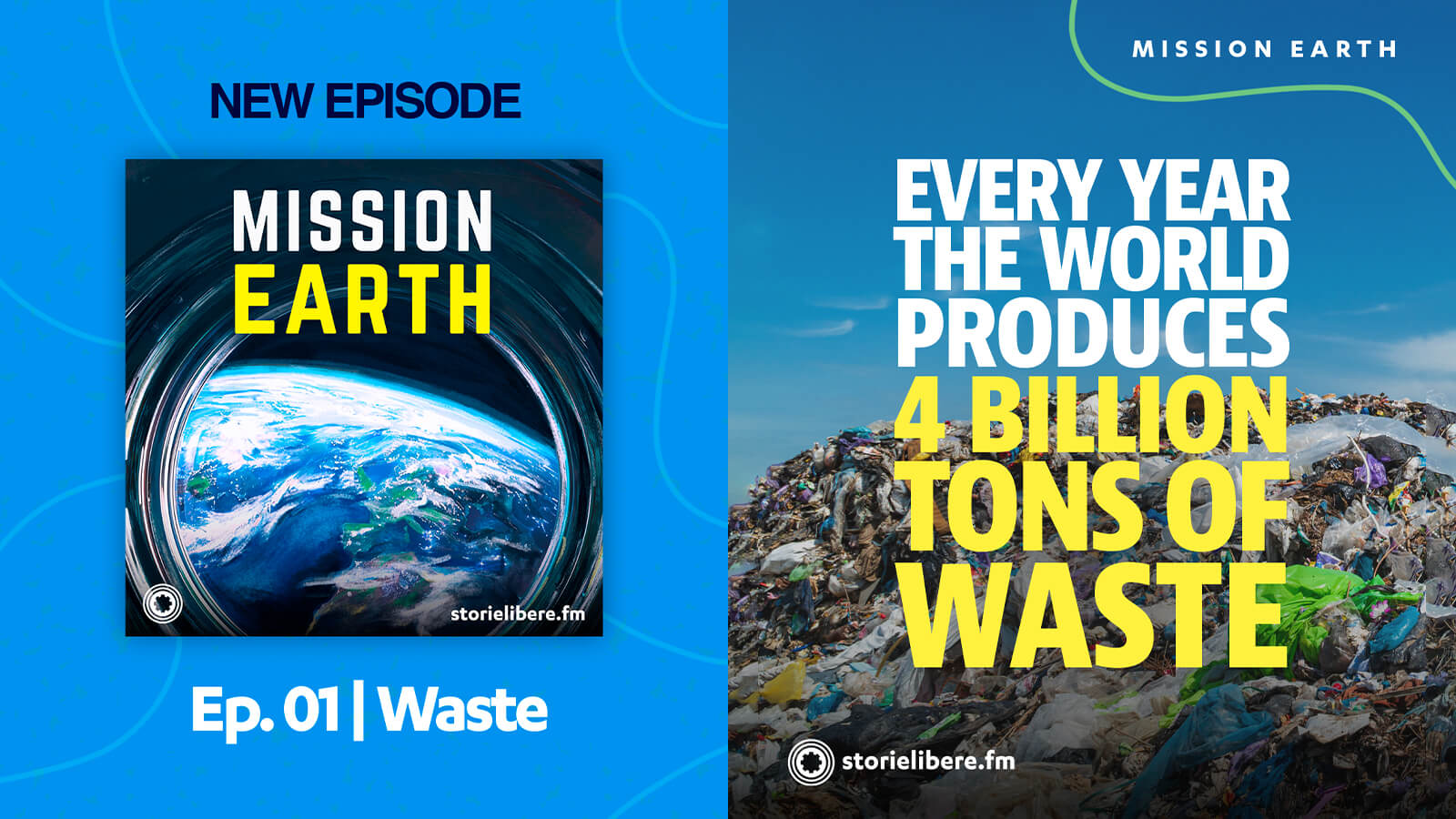
- Our Technologies
Hydrogen

Among the many elements that make up matter, hydrogen is the lightest and most abundant. It makes up nearly 90 percent of the visible universe, mostly in gaseous form. It consists of a two-atom molecule (H2) that burns in an oxygen-rich atmosphere like ours, much like methane. Compared to conventional fuels, it has the highest energy content per unit weight, three times that of gasoline.
Hydrogen and energy have a long history in common: it powered the first internal combustion engines over 200 years ago and has become an integral part of the modern refining industry. It is light, has a particularly high-energy density, it is storable, and produces no direct emissions of pollutants or greenhouse gases.
Hydrogen produces zero pollutant emissions and could help us overcome our planet's energy challenge. In particular, only so-called "green hydrogen", which is obtained by separating it from water through an electrolysis process powered by renewable energy, is completely carbon-neutral, emitting no pollutants and consuming precious natural resources. The science and technology communities have been working for some time to make green hydrogen easier and cheaper to produce, and with the enormous progress made recently, this goal now seems almost at hand.
But for hydrogen energy to make a significant contribution to clean energy transitions, it needs to be adopted in sectors where it is almost entirely absent, such as transportation and energy-intensive industries.
To date, hydrogen already represents a clean and safe source of energy, for instance, allowing yacht boats and even ferries to travel without compromise and zero vibration while respecting the environment.
Nat Power investment on green hydrogen
Investment in Green Hydrogen Production Technologies
- Electrolysis Systems: NatPower is monitoring the evolution of state-of-the-art electrolysis systems, including Proton Exchange Membrane (PEM) and Alkaline electrolyzers, to efficiently split water molecules and produce green hydrogen using renewable electricity from solar and wind sources.
- Solid Oxide Electrolysis Cells (SOEC): recognizing the potential for increased efficiency, NatPower explores SOEC technology, which enables the direct conversion of excess renewable electricity into hydrogen.
- Photoelectrochemical (PEC) Cells: NatPower overviews research and development efforts focused on PEC cells, leveraging solar energy to drive the water-splitting process and achieve direct solar-to-hydrogen conversion.
- Biological Processes: NatPower fosters partnerships and investments in research initiatives exploring the use of microorganisms or enzymes to produce green hydrogen from biomass or organic waste, unlocking a sustainable and carbon-neutral pathway.
Advancements in Green Hydrogen Storage Technologies
- Compressed Hydrogen Storage: NatPower actively invests in the development of advanced compression techniques and infrastructure for efficient storage and transportation of green hydrogen in high-pressure tanks.
- Liquid Hydrogen Storage: recognizing the importance of long-term storage, NatPower supports advancements in cryogenic liquefaction technology, enabling the storage of hydrogen in a liquid state with higher energy density.
- Chemical Hydrides: NatPower invests in research and partnerships focused on the utilization of chemical hydrides to create stable and reversible hydrogen storage compounds, enhancing the versatility and scalability of hydrogen storage solutions.
- Underground Hydrogen Storage: NatPower explores opportunities for the establishment of underground hydrogen storage facilities, leveraging existing geological formations such as caverns or depleted natural gas fields for large-scale and long-duration storage.
Optimization of Renewables and Integration with Green Hydrogen
- Collaborations with Solar, Wind, and BESS Plants: NatPower actively seeks partnerships with renewable energy developers to co-locate green hydrogen production facilities with solar, wind, and BESS plants. This integration allows for efficient utilization of excess renewable electricity and maximizes the synergies between green hydrogen and renewable energy sources.
- Energy Storage and Grid Balancing: NatPower invests in the use of green hydrogen as an energy storage medium, facilitating grid balancing by converting excess renewable energy into hydrogen during peak generation periods and converting it back into electricity via fuel cells or combustion during periods of high demand.
- Decarbonization of Industries: NatPower explores collaborations with industrial sectors, such as transportation and manufacturing, to replace conventional fossil fuels with green hydrogen, driving the decarbonization efforts and reducing greenhouse gas emissions.



















